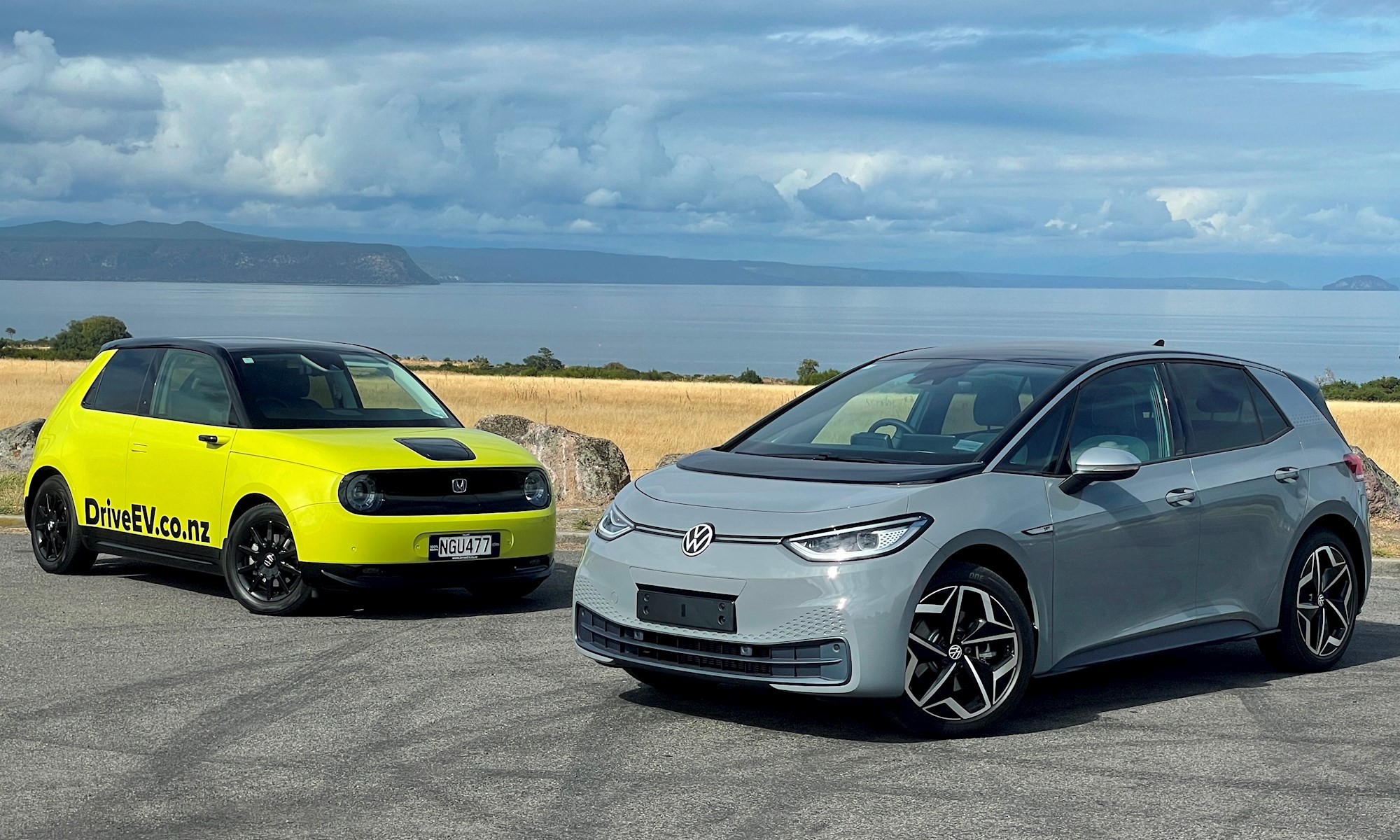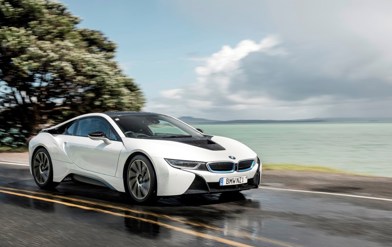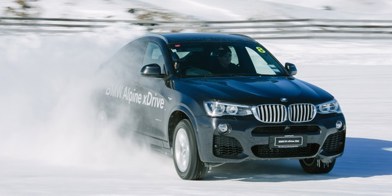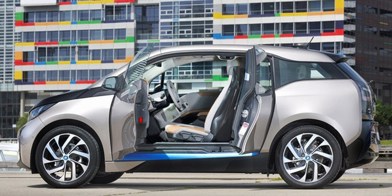The most common criticism we hear of Battery Electric Vehicles (BEVs) is that they lack personality and/or enthusiast appeal. Two reasons why that’s not true are right here: the Honda e and Volkswagen ID.3.
They are very different cars of course, but they also have a lot in common. They are both the first-ever mass-production BEVs from their respective makers. They are both globally acclaimed as desirable and capable plug-in cars. They’re both rear-drive as well.

Sadly, here’s another thing they have in common: neither are currently available new in New Zealand. At least not yet.
Both Honda New Zealand and VW New Zealand are on record as being keen to have models like these in local showrooms. With VW it’s a certainty, as the ID brand represents an enormous part of its future.
But global demand and complex infrastructure requirements mean we’re unlikely to see either in the next couple of years. VW NZ is talking about a 2023 launch for ID, for example.
Note the ID is a range, not just a single model. The ID.3 hatchback is just the start and an SUV model, the ID.4, has already followed in Europe. It’s the latter that VW NZ is more interested in. According to VW NZ general manager Greg Leet, while the company would love to have everything-ID, it’s the ID.4 that “is more aligned with NZ consumers.”
Leet also says that picking one model and focusing on it will speed up the process of getting the ID brand to the local market. The ID.4 is a pretty good pick at any rate: last month it was announced as World Car of the Year.
In the meantime, the Honda e and VW ID.3 parallel imports have been sailing into NZ, which is how we’ve been able to charge around the New Zealand countryside in these two.
Both cars featured here come via Drive EV in Taupo, a specialist that prides itself on having the latest BEVs. At the time of writing the stock list includes everything from Nissan Leafs aplenty and the obligatory BMW i3 to rarer stuff like the MG 5 and Kia Soul. And yes, the ID.4 is on the way.
The impossibly cute Honda e is a concept (the Urban EV from 2017) made real. It’s a city car, with a small 35.5kWh battery for the lightest possible weight (for a BEV, because it’s still 1543kg). The 113kW/315Nm electric motor is good for 0-100km/h in 8.3 seconds; range is a modest 220km.
The ID.3 is an absolutely mainstream family car that just happens to be pure-electric. For that reason, the brand has already said it’s every bit as important as the Beetle and Golf that have come before it.
There are a multitude of ID.3 models in Europe. The one featured here is the launch-special 1st Edition with 58kWh Pro Performance battery and 150kW/310Nm electric motor, giving 0-100km/h in 7.3 seconds and a range of 418km. There’s also a Pro S battery 77kWh option coming with the same power, but a 541km range.
Being an early adopter doesn’t come cheap - but then neither do BEVs of any kind. An indicative price range for the Honda e Advance from Drive EV is $65-70k; an ID.3 1st Edition is around $80k, although the lower-specification Life is more like $70k.
If your super-ego controls your id, your first thought might be about warranty and repair for these high-tech, not-quite-official machines. Drive EV offers three years cover and while it admits its knowledge and backup is “not the same as a manufacturer’s warranty, due to Drive EV’s expertise it’s a pretty good substitute.”
Putting what this particular dealer offers aside for a moment, buy an e or ID.3 on you own terms and you might find that local distributors are not currently able to help with major hardware or software issues.
“We certainly have a willingness to help,” says Greg Leet (VW NZ). “We view these people as VW customers because they’ve purchased a damn-near new car.
“However, we are not approved or enabled to satisfy all the servicing and repair requirements of these models. We’re working hard with the factory to be in a position where we can look after these cars, but right now if there was a major issue with the electronics for example, that would be a problem.”
So buyer beware, basically. But none of the above seems to be holding back a small but hugely enthusiastic group of buyers for these parallel-import cars. So let’s find out what all the fuss is about.
Driving the Honda e, by David Linklater
There’s a lot of wow-factor in the Honda e’s interior, with screens stretching right across the cabin. In true Honda fashion there’s an HDMI input too, so you can plug in a Blu Ray player or PlayStation when you’re stopped. Or simply select aquarium mode and watch the virtual fish. Yes really.
The virtual mirrors (just tiny cameras mounted low on the doors) seem like a gimmick, but they work brilliantly. The high-res display screens either side of the dashboard are mounted exactly where you'd normally look out the window to conventional mirrors. Little or no acclimatisation required.
Overall, the lounge-style interior clearly owes a lot to the BMW i3. So does the dynamic package: the e is clearly set up to amuse in urban driving, feeling very much a rear-drive machine through roundabouts. It’s not fast, but it squats down and shoots away from intersections with huge enthusiasm.
The suspension is relatively soft, but not at the expense of body control and the ride is especially good.
Even overseas through official channels, the Honda e is expensive for a small BEV with a small range. But it also knows exactly what it is: a premium city car that’s primarily about design and technology. You still really want one, right?
HONDA E ADVANCE
ENGINE: 35.5kWh lithium-ion battery, single electric motor
POWER: 113kW/315Nm
GEARBOX: 1-speed automatic, RWD
0-100KM/H: 8.3 seconds
RANGE: 220km
PRICE: $69,990 (indicative)
Driving the VW ID.3 1st Edition, by Andrew Sluys
The ID.3 is the most “normal” BEV I’ve driven. That’s exactly VW’s idea, creating a car to convert the masses to electric without all the bells and whistles of a Tesla, for example.
The interior forgoes massive displays, instead using an average-sized screen mounted in the middle of the dash, just like the new Golf. Other aspects like the touch-sensitive buttons on the steering wheel feel like they’re bridging the gap between present day and future tech nicely.
It’s got the snappy acceleration off the line that you expect from a BEV, but isn’t truly fast. However, due to the ID.3’s low centre of gravity, there’s minimum body roll through corners, making for a really composed ride.
VOLKSWAGEN ID.3 1ST EDITION
ENGINE: 58kWh lithium-ion battery, single electric motor
POWER: 150kW/310Nm
GEARBOX: 1-speed automatic, RWD
0-100KM/H: 7.3 seconds
RANGE: 418km
PRICE: $79,990 (indicative)



